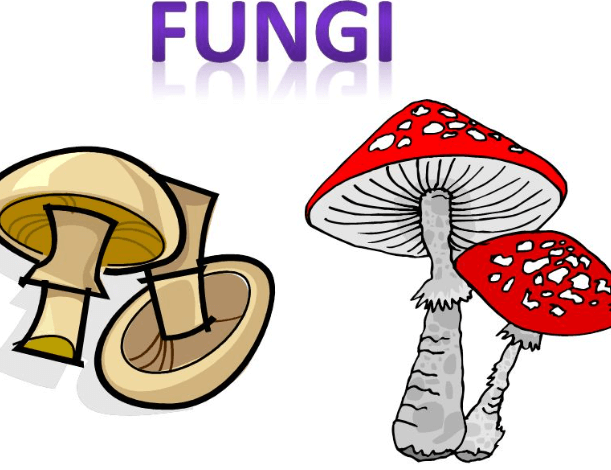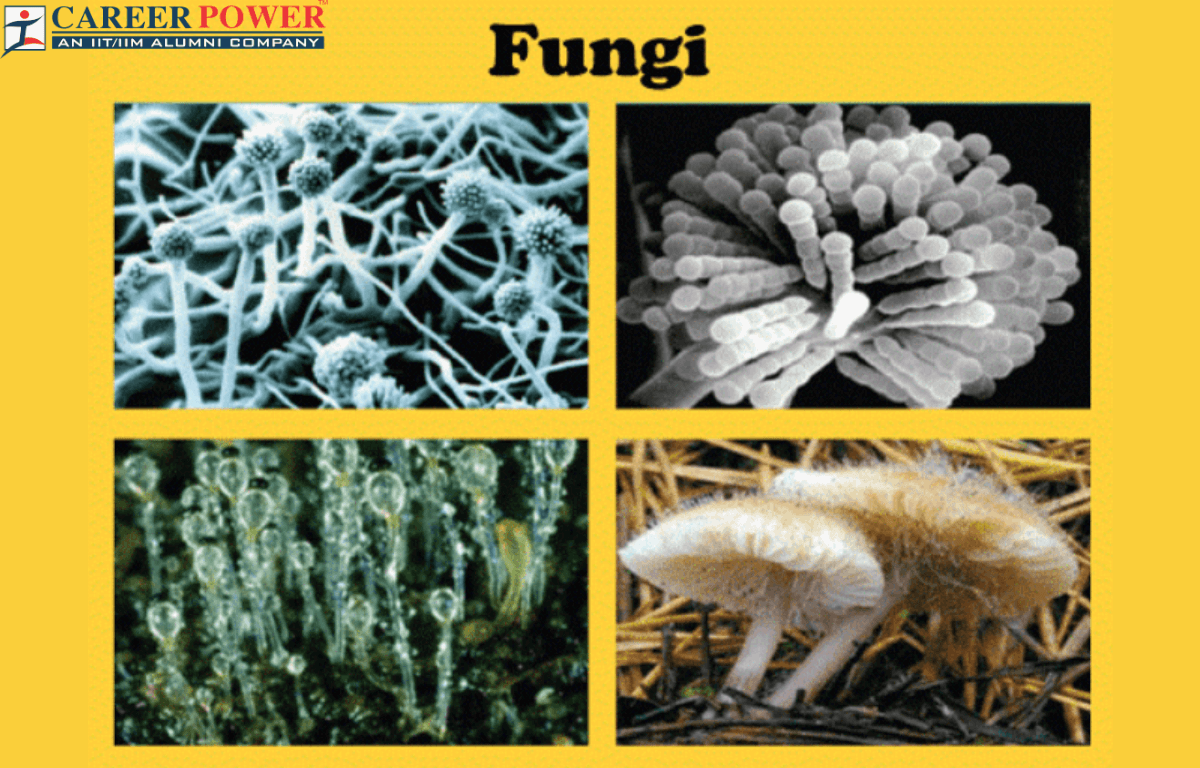Fungi are like nature’s recyclers. They break down plants and animals, turning them into nutrients that help plants grow. Without fungi, forests and gardens wouldn’t thrive. Some fungi, like yeast, help us make bread and beer. Others provide us with medicines, like penicillin, to fight off harmful bacteria. So, fungi are essential for keeping our environment healthy and supporting many aspects of human life.
Define Fungi
Fungi are a diverse group of organisms that include yeasts, molds, and mushrooms. Fungi obtain nutrients through absorption, breaking down organic matter externally and then absorbing the nutrients. Fungi are distinct from plants, animals, and bacteria. Fungi play crucial roles in the ecosystems as decomposers, breaking down dead organic matter. Some fungi have economic importance as food sources (such as mushrooms and truffles) and in the production of medicines (like penicillin).

Fungi reproduce through spores and can be found in various habitats worldwide. Some common examples of fungi are Mushrooms, Lichens, Truffles, Molds, Yeast, etc. Some of the fungi form symbiotic relationships with plants, enhancing their ability to absorb water and nutrients. Overall, fungi are essential for ecological balance and have significant economic and environmental importance.
Structure of Fungi
Fungi consists of a diverse range of structure, but It is important to note that the structure of fungi can vary significantly between different species, and not all fungi have all the parts. Different types of fungi have adapted to various environments and have unique structures suitable to their habitats. Normal fungi structure generally consist of the following parts:
| Parts Included in the Structure of Fungi | |
| Parts | Description |
| Hyphae | Thread-like structures forming the body of the fungus can be single or multicellular. |
| Mycelium | Mycelium is a mass of hyphae, the vegetative part of the fungus, that aids in nutrient absorption. |
| Fruiting Body | Visible reproductive structure, e.g., mushrooms, produces spores. |
| Spores | Tiny, lightweight structures for reproduction, carried by wind, water, or animals. |
| Cell Wall | The cell wall is made of chitin, which provides structural support to the cell. |
| Reproductive Structures | Can reproduce sexually (fusion of specialized structures) or asexually (budding, fragmentation). |
| Mushroom Cap and Stem | The mushroom cap is the top part, and the mushroom stem supports the cap; gills underneath produce and release spores. |
| Rhizoids | Root-like structures anchoring the fungus, aid in nutrient absorption. |
- Hyphae: These are the thread-like structures that make up the body of the fungus. They can be single-celled or multicellular and form a network called mycelium.
- Mycelium: The mass of hyphae forms mycelium, which is the vegetative part of the fungus. Mycelium helps in the absorption of nutrients from the environment.
- Fruiting Body: In some fungi, the reproductive structure, also known as the fruiting body, is visible to the naked eye. Examples include mushrooms and puffballs. Fruiting bodies produce spores for reproduction.
- Spores: Fungi reproduce through spores, which are tiny, lightweight structures that can be carried by wind, water, or animals. Spores are released from the fruiting body and can develop into new fungi under suitable conditions.
- Cell Wall: Fungi have a cell wall made up of chitin, which provides structural support.
- Rhizoids: These root-like structures anchor the fungus and help in nutrient absorption.
Classification of Fungi
Fungi are classified into several major groups based on their reproductive structures and methods. The classification of fungi can be complex and might vary based on the latest scientific discoveries.
| Classification of Fungi | ||
| Class | Characteristics | Examples |
| Phycomycetes | These are water molds that reproduce using zoospores. | Downy mildews |
| Ascomycetes | They are sac fungi, as they carry spores in sac-like asci. | Yeasts, molds, morels |
| Basidiomycetes | Club fungi, spores on club-shaped basidia. | Mushrooms, toadstools, rusts. |
| Zygomycetes | Forms zygospores during sexual reproduction. | Bread molds |
| Deuteromycetes | Imperfect fungi, unclear sexual stages. | Molds causing diseases. |
Phycomycetes: These are also known as water molds. They are known as water molds. They are fungal-like protists and include organisms like downy mildews.
Ascomycetes: Ascomycetes are characterized by the production of spores in sac-like asci. They have a wide range of forms, from single-celled yeasts to complex multicellular molds.
Basidiomycetes: Basidiomycetes produce spores on club-shaped basidia. They include familiar mushrooms and toadstools. This class is significant for its ecological roles as decomposers in forests.
Zygomycetes: These fungi form sexual spores called zygospores during reproduction. Bread molds are a classic example of zygomycetes.
Deuteromycetes: Also known as imperfect fungi, these organisms are classified here because their sexual reproductive stages are not well understood or are absent. Many molds that cause diseases fall into this category.
Economic Importance of Fungi
Fungi are of immense importance due to their roles in ecosystems and various human activities. Understanding the importance of fungi in different areas is vital for both ecological balance and numerous activities, making them a cornerstone of biodiversity and industry.
- Food Production: Fungi like yeast are essential in the baking and brewing industries. They are used in fermenting processes for bread, beer, and other fermented food and beverages.
- Medicine: Penicillin, the first antibiotic discovered, comes from a fungus. Fungi are also used in producing immunosuppressive drugs and cholesterol-lowering medications.
- Biological Control: Certain fungi act as natural pest controllers, helping in agriculture by controlling insect pests and plant diseases. They can replace or reduce the need for chemical pesticides.
- Research: Fungi are studied extensively for scientific research. Understanding their genetics and biology has led to advancements in various fields, including genetics and molecular Biology.
- Mycorrhiza Relationship: Fungi form symbiotic relationships with plants called mycorrhizal, enhancing nutrient uptake by plants. This is particularly important in forestry and horticulture.
Diseases Caused by Fungi
Fungi can cause a variety of diseases in humans, animals, and plants. It’s important to note that fungal infections can usually be treated with antifungal medications, but the specific treatment depends on the type and severity of the infection.
- Athlete’s Foot: A common fungal infection of the skin, particularly between the toes. It is caused by fungi called dermatophytes.
- Ringworm: Also caused by dermatophytes, ringworm is a contagious fungal infection that forms a ring-like rash on the skin.
- Candidiases: This is a fungal infection caused by candida yeast. It can affect the mouth (oral thrush), throat, genitals (yeast infection), and oral areas of the body.
- Fungal Keratitis: A fungal infection of the cornea of the eye, often caused by Fusarium or Aspergillus species, leading to vision problems.
- Coccidioidomycosis (Valley Fever): This fungal infection is caused by Coccidiodes immitis or Coccidiodes posadasii, primarily found in arid regions. It affects the respiratory system and can cause flu-like symptoms.
For more information about Fungi, you can also check our article on Kingdom Fungi



 50 Vegetables Name for Kids in English a...
50 Vegetables Name for Kids in English a...
 Food Chain: Definition, Types, Examples,...
Food Chain: Definition, Types, Examples,...
 Human Respiratory System: Definition, Di...
Human Respiratory System: Definition, Di...













